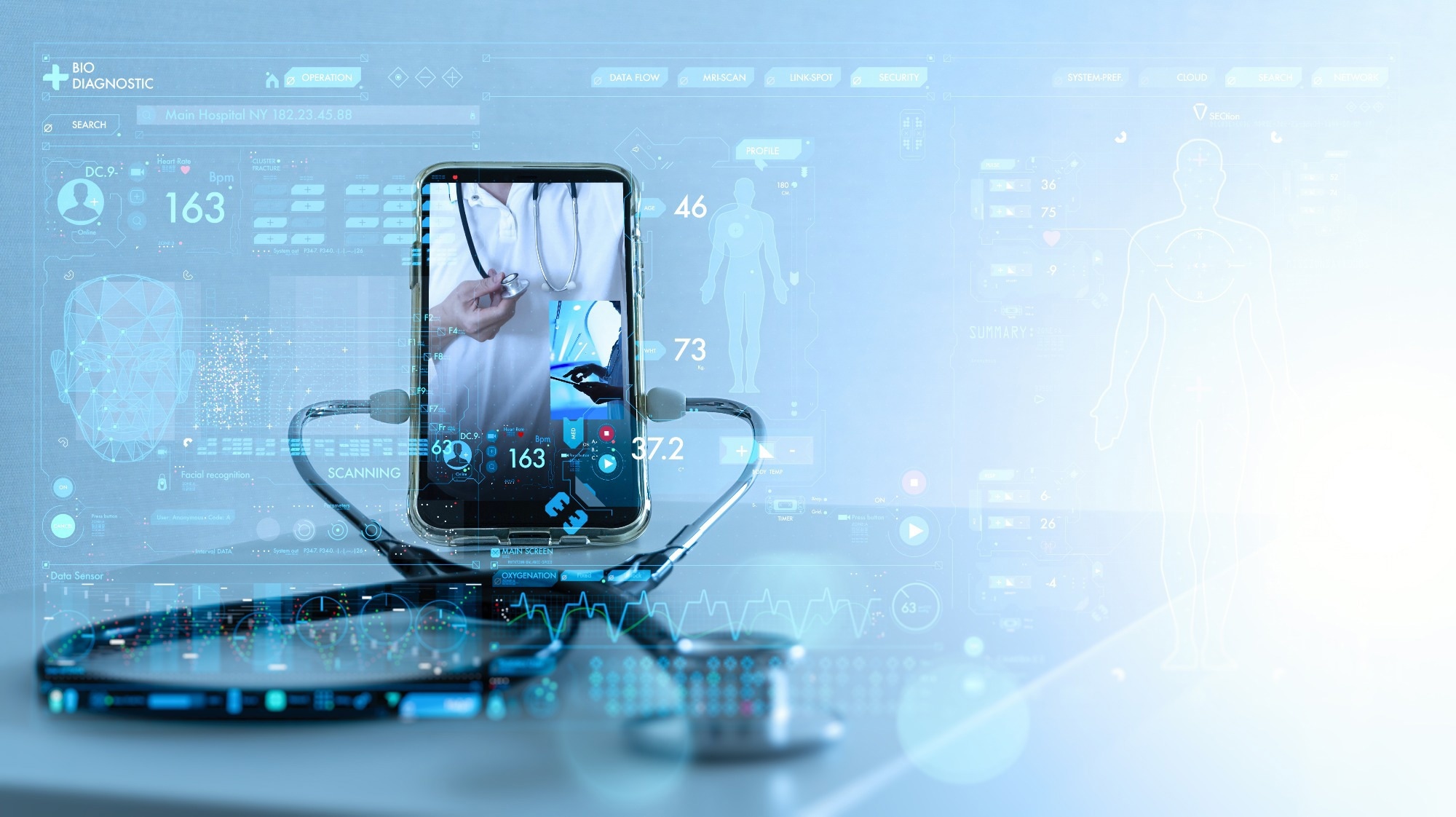Digital platforms and mobile applications promise to deliver remote specialist care in low-resource settings. Recently, the SkinNTD app was introduced by the World Health Organization (WHO) to train and guide frontline healthcare workers who encounter neglected tropical diseases (NTDs) in low- and middle-income countries (LMICs).
Like all innovations, rigorous validation is essential before the widespread use of SkinNTD. In a recent study published in the Journal of Medical Internet Research, researchers discuss the results of an early-phase assessment of its usability and usefulness.
 Study: Evaluating the World Health Organization’s SkinNTDs app as a training tool for skin neglected tropical diseases in Ghana and Kenya: cross-sectional study. Image Credit: greenbutterfly / Shutterstock.com
Study: Evaluating the World Health Organization’s SkinNTDs app as a training tool for skin neglected tropical diseases in Ghana and Kenya: cross-sectional study. Image Credit: greenbutterfly / Shutterstock.com
What are NTDs?
NTDs consist of 20 diseases that affect over 1.5 billion people throughout the world, mostly women and children. In an effort to prioritize research on NTDs, the WHO has classified NTDs into those appropriate for large-scale prevention and those requiring individual management, the latter of which include skin NTDs.
Some examples of skin NTDs include Buruli ulcers, cutaneous leishmaniasis, leprosy, and lymphatic filariasis. All of these conditions are difficult to diagnose and treat without specialized staff and require financial investment. The population at the greatest risk of skin NTDs is frequently unaware of these conditions, which facilitates their dissemination and progression. Stigmatization of those affected by these diseases also discourages them from seeking timely medical help.
As a result, some skin NTDs may become chronic, disabling, mutilating, and stigmatizing disorders, thus profoundly impacting the quality of life of affected individuals and their economic productivity. Taken together, these factors emphasize the importance of mobilizing and training frontline healthcare workers at the community level, as these individuals are often the first to encounter skin NTD patients.
Telehealth services, which involve the use of modern communications and information technology, aim to ease and accelerate the delivery and administration of healthcare. Nearly 700 digital interventions and training programs have been implemented in Africa, many of which have achieved creditable results. However, these programs are often focused on one or very few conditions, thus limiting their cost-effectiveness and utility.
Evaluating the utility of SkinNTD
SkinNTD allows frontline healthcare workers to identify signs and symptoms of skin NTDs, access more information about the potential diagnosis, and make better clinical decisions. In the current study, SkinNTD was tested in Ghana and Kenya by frontline healthcare workers who were familiarized with application for five or more days.
Thereafter, study participants answered a survey based on the user Mobile Application Rating Score (uMARS), which explores the objective areas of engagement with the application, its functionality, aesthetics, and information quality, as well as a subjective quality assessment. A subgroup of survey participants was also asked to participate in interviews and one focus group.
What did the study show?
The study included 60 participants for quantitative analysis, 57% male. The qualitative exploration included 17 study participants.
Most participants worked for public health institutions, nearly 75% of whom were frontline health workers, though not skin specialists. About 70% of the study participants indicated that they were comfortable with mobile technology.
The uMARS survey found that SkinNTD received a mean score of four out of five for quality, with information quality being the highest-rated among the four domains. Other notable features of the application included simple language, offline usability, and user-friendliness, all of which could make it suitable for rural use.
Most study participants indicated that the application reduced the time required to diagnose a skin NTD. The mean quality score did not vary with age, sex, category of healthcare worker, country, or type of work. Neither prior experience of skin NTDs nor dermatology experience affected the quality rating.
Subjective quality was assessed at 3.8 out of five, while the perceived impact of SkinNED was about 4.5. Study participants indicated that the application was easy to use, worked well offline, and could be a valuable tool for frontline workers in remote locations and when deprived of necessary resources. While many were unwilling to pay for the application, almost all study participants recommended its use.
Conversely, several areas were identified for further improvement, such as a more detailed and helpful chapter on signs and symptoms of neglected NTDs, photographs of skin conditions specific to African populations, and the need to be able to input patient records and monitor patients. Some participants requested personalization and customization features, such as the ability to change font size.
About 33% of study participants indicated they did not have adequate internet access, thus making offline functionality an important aspect. Moreover, 53% of study participants emphasized the importance of making SkinNTD available in other languages, particularly Twi and Swahili. The need to involve official institutions at all levels in disseminating the application was also indicated to ensure its credibility and high training standards in the future.
Conclusions
The study findings suggest the potential utility of SkinNTD, as these results demonstrated its user-friendly nature, ease of use, and offline functionality. Further evaluation and validation studies could facilitate the development of SkinNTD as a medical diagnostic device beyond training purposes.
Other similar applications in use today include the Skin App, which was integrated into SkinNTD, and the Guaral App, which was explicitly designed for cutaneous leishmaniasis detection in rural Colombia. Additionally, the eSkinHealth app was developed for remote diagnosis, decision support, and surveillance of skin diseases in LMICs, especially those with darker-skinned populations.
The SkinNTDs app can play a pivotal role in the global effort to combat skin NTDs and reduce their burden on affected communities.”
Journal reference:
- Cano, M., Ruiz-Postigo, J. A., Macharia, P., et al. (2024). Evaluating the World Health Organization’s SkinNTDs app as a training tool for skin neglected tropical diseases in Ghana and Kenya: cross-sectional study. Journal of Medical Internet Research. doi:10.2196/51628.